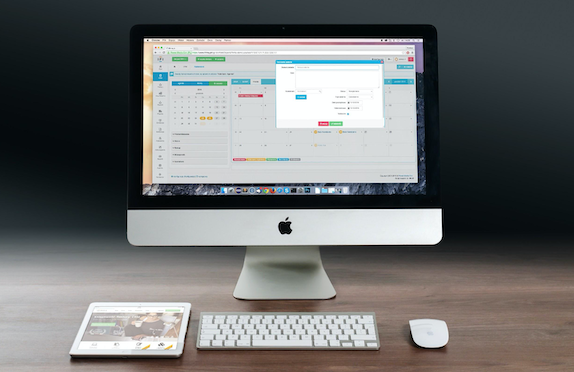5 Ways To Make A Website Accessible For People With Visual Impairments
2023.04.29
Are you looking to put together a website that showcases yourself? Or are you aiming to have a webpage put together for a business that you run? Either way, there are so many things to consider that relate to attracting people to your website and ensuring that everyone who uses the website gets the same out of it. This is where it can get a bit tricky.

In today's digital age, having a website that is accessible to everyone is vital, including people with visual impairments. There are over 2.2 billion people worldwide who have vision impairment, and they need to have access to the internet to stay informed, communicate, and engage with the world.
In this short article, five ways to make a website accessible for people with visual impairments will be explored, so you can get an idea of what a website needs to have in order to meet their needs.
Use Clear and Easy-To-Read Fonts
People with visual impairments find it challenging to read small and fancy fonts. To make your website accessible, use clear and easy-to-read fonts, such as Arial or Verdana, and avoid using small or fancy fonts. Use a font size of at least 14 points and use bold or italics to emphasize important text. While it may seem simple, reviews of top accessibility tools show that this is an important part of making a website easy to use for those who have visual impairments.
Add Alternative Text Descriptions To Images
People with visual impairments use screen readers to navigate websites. Screen readers use alternative text descriptions to describe the content of an image. Therefore, it is essential to add alternative text descriptions to all images on your website, including charts, graphs, and photos. This will help people with visual impairments understand the context of the images.
Use Contrasting Colors
People with visual impairments have difficulty distinguishing between different colors. Therefore, it is crucial to use high-contrast colors for your website's text and background. Use black or dark-colored text on a white or light-colored background. Avoid using bright or flashing colors, as they can cause discomfort or trigger seizures.
Provide Clear And Concise Headings
People with visual impairments often use screen readers to navigate through a website. Therefore, it is essential to provide clear and concise headings that describe the content of each page. This will help people with visual impairments understand the structure of the website and navigate through it more easily.
Use Accessible Website Design
You will obviously need to design your website with accessibility in mind. Ensure that your website is easy to navigate and use. Use descriptive link text that accurately describes the link's content, and avoid using "click here." Use proper HTML markup for headings, lists, and tables, as screen readers rely on these to navigate through the website.
Remember, there are laws that can help you to ensure that your website is accessible, and if you are struggling to make sure that your website meets all of the rules and regulations, there are marketing teams who can help you.
More Articles
Copyright © Fooyoh.com All rights reserved.